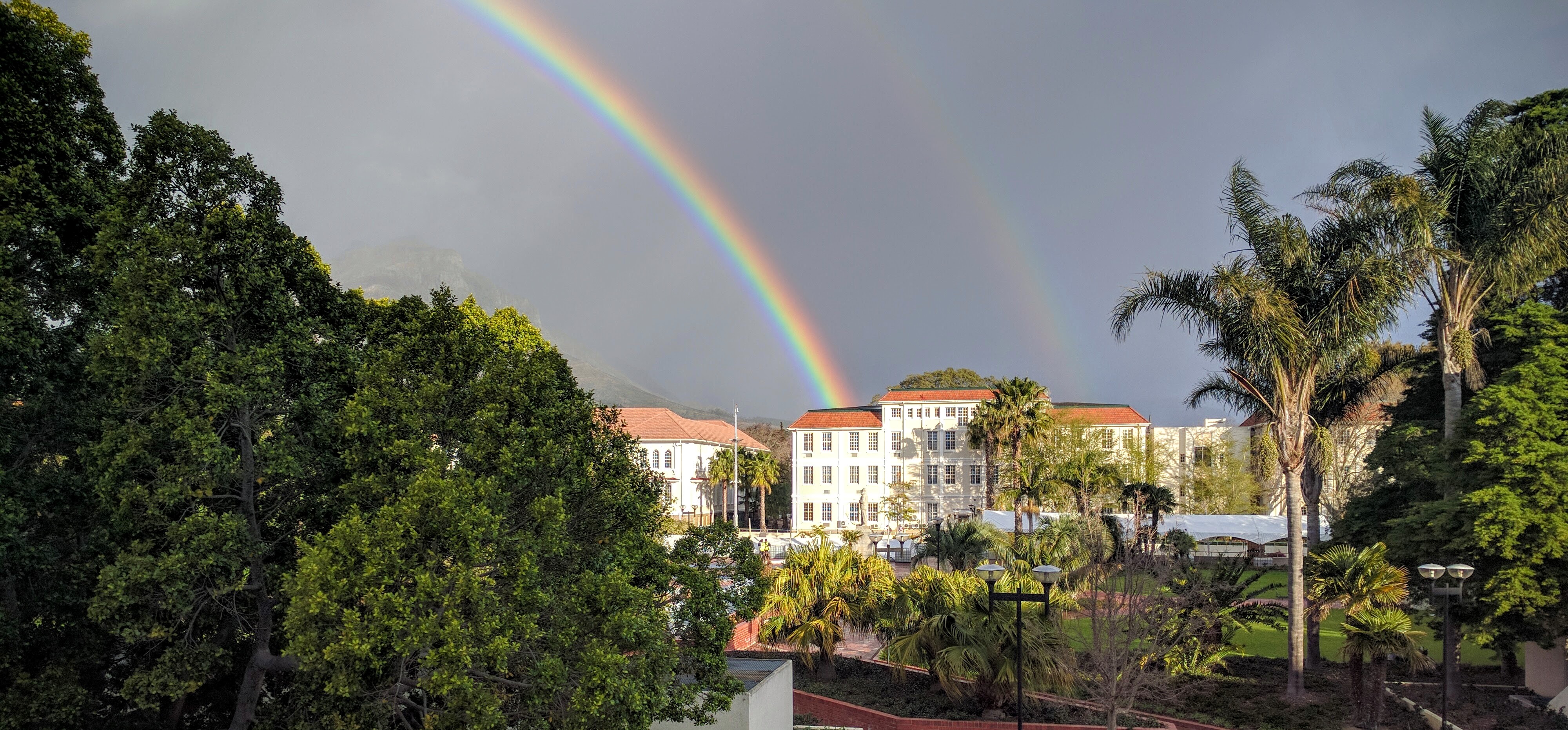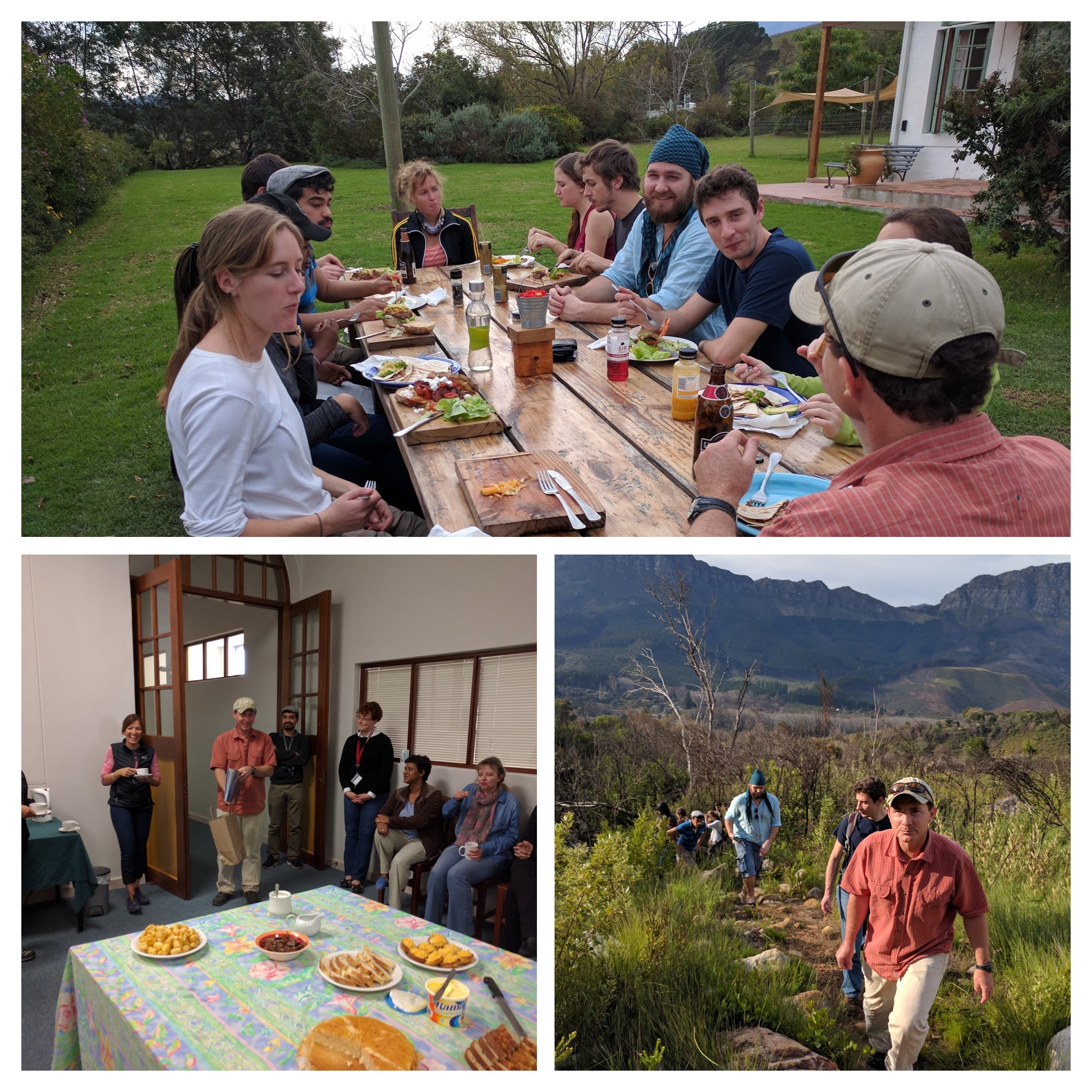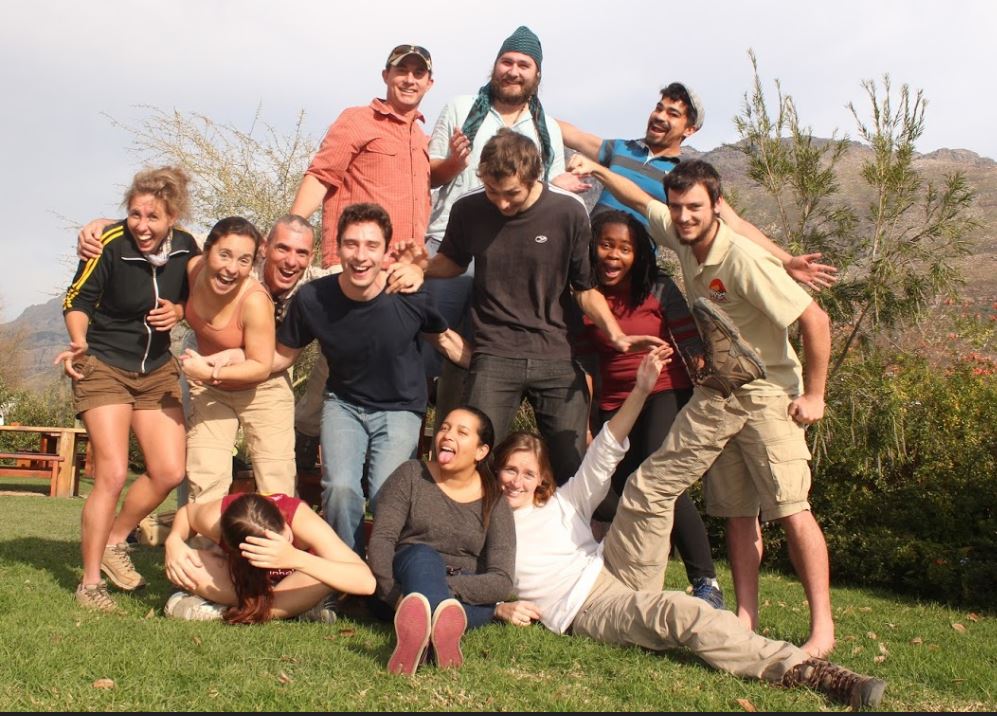The Centre for Invasion Biology (C·I·B) presented a one day workshop led by Charlotte Jones-Todd & Dr Ben Stevenson (University of St Andrews, UK).
Integrated Nested Laplace Approximation (INLA) All data are collected in both space and time, however the focus for this workshop was on the analysis of data where: 1) the sampling location is known and pertinent---in order to describe and study the spatial structure, and/or, to account for the spatial auto-correlation---2) progression through time is of potential interest. Integrated Nested Laplace Approximation (INLA) is a relatively new Bayesian statistical inference method, designed for use with, but not solely restricted to the analysis of: longitudinal data, time series data, spatial and spatiotemporal geo-statistical data. One such application of the methodology considers long-term geo-statistical garden bird data, simultaneously modelling each of three species of birds---a predator, the prey and a sympatric species---and estimating the spatial correlation between and amongst each species over time.
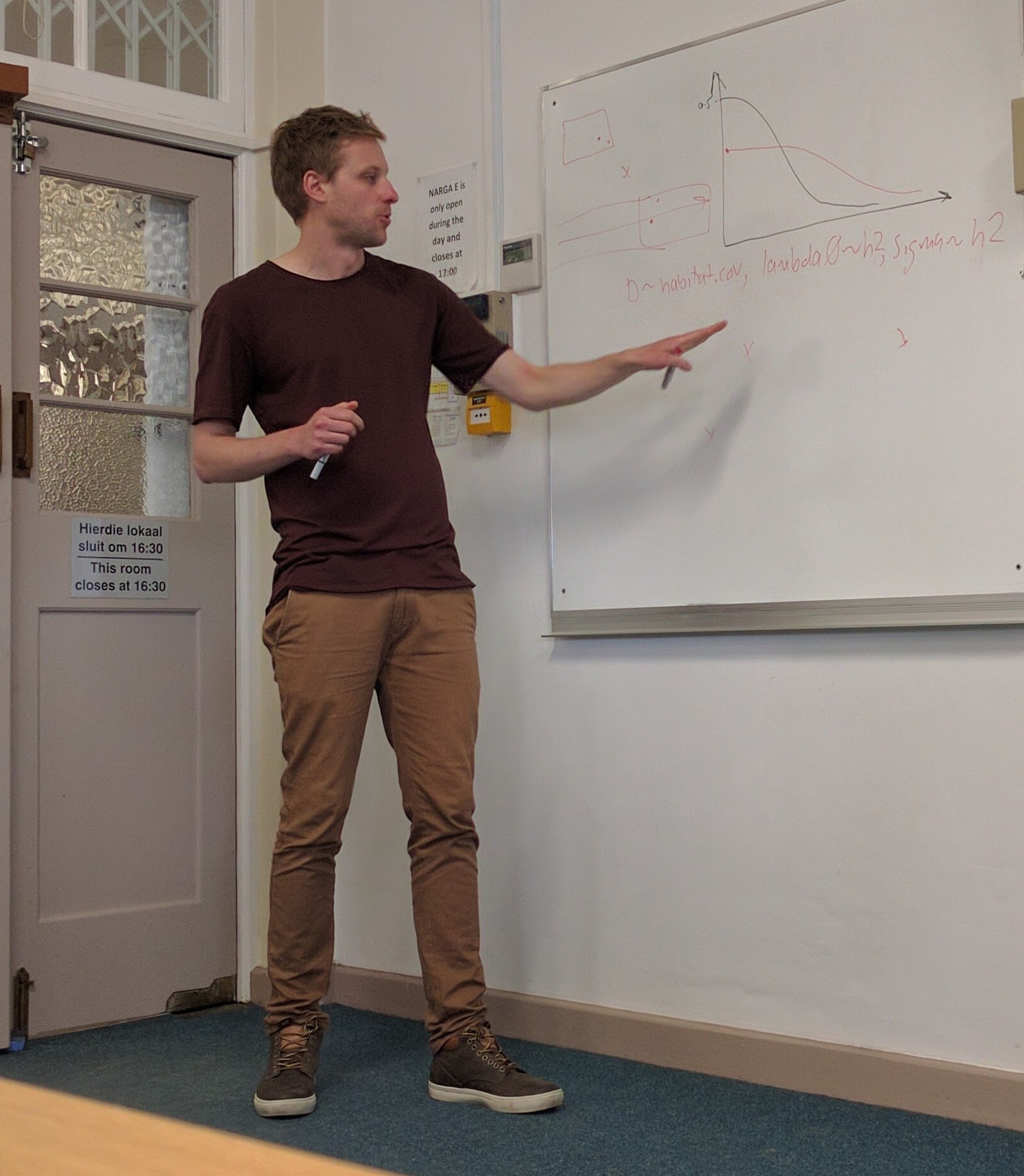
Dr. Ben explains how individuals may require different capture probabilities for SECR models.
Spatial Capture Recapture (SCR) Wildlife surveys that aim to estimate animal abundance or density are typically spatial in nature: individuals are detected at various locations across a survey area. While traditional capture-recapture (CR) methods are often used to estimate animal abundance, they ignore this spatial component of the data that are collected. The development of spatial capture-recapture (SCR) methods has been one of the most notable advancements in ecological statistics over the last decade; these generalise traditional CR methods by using information about where individuals were detected. SCR provides researchers with a powerful means of estimating not only animal abundance, but also animal density, species distribution, animal movement, and changes in these over time. SCR methods can be applied to various kinds of detection data, including detection by physical trapping (single- or multi-catch traps), by some remote device (e.g., camera traps or microphones), and by some other evidence of presence (e.g., hair snares or dung surveys).
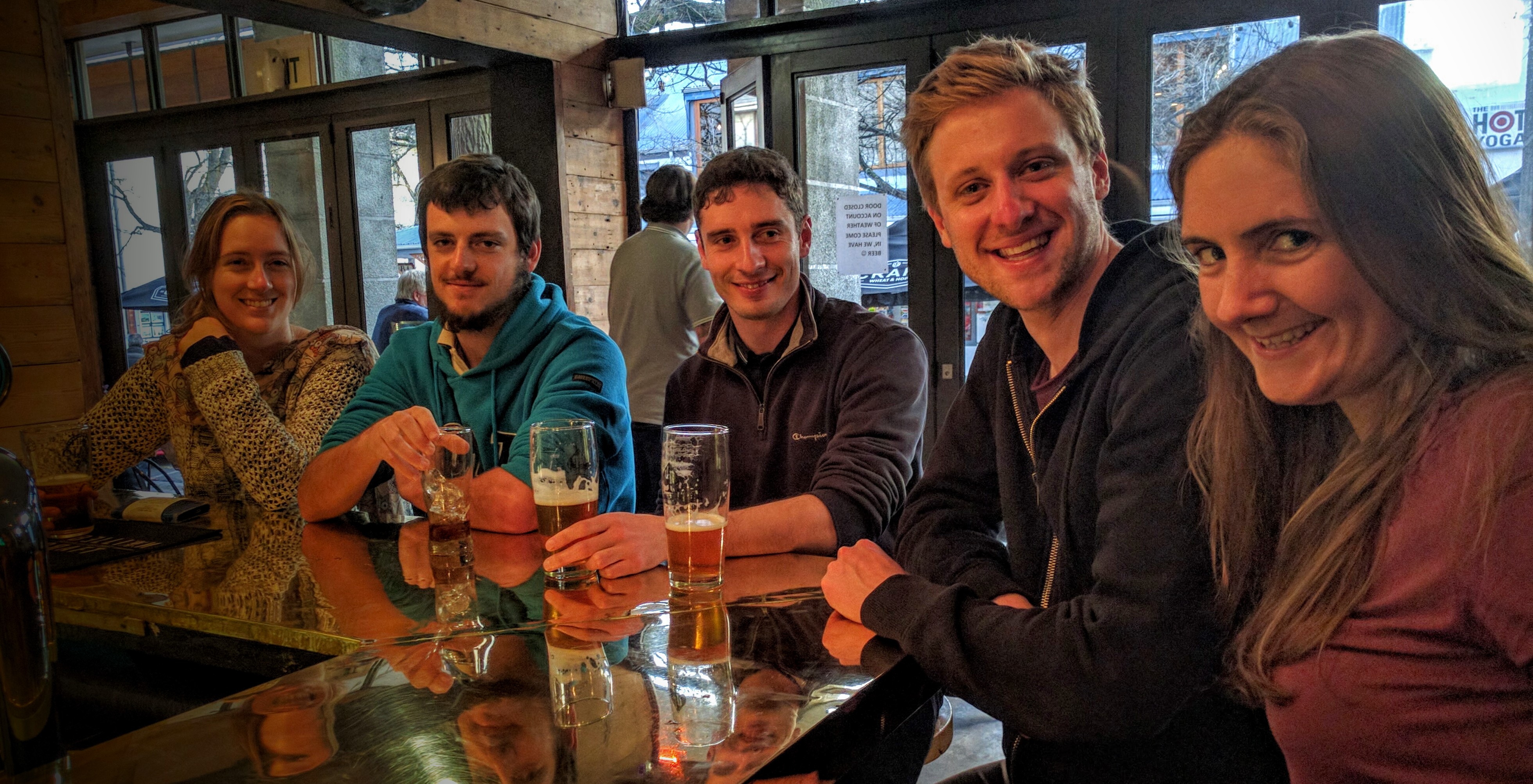
Right to Left: Charlotte & Ben relax after the course with MeaseyLab members Giovanni, Alex & Marike.
